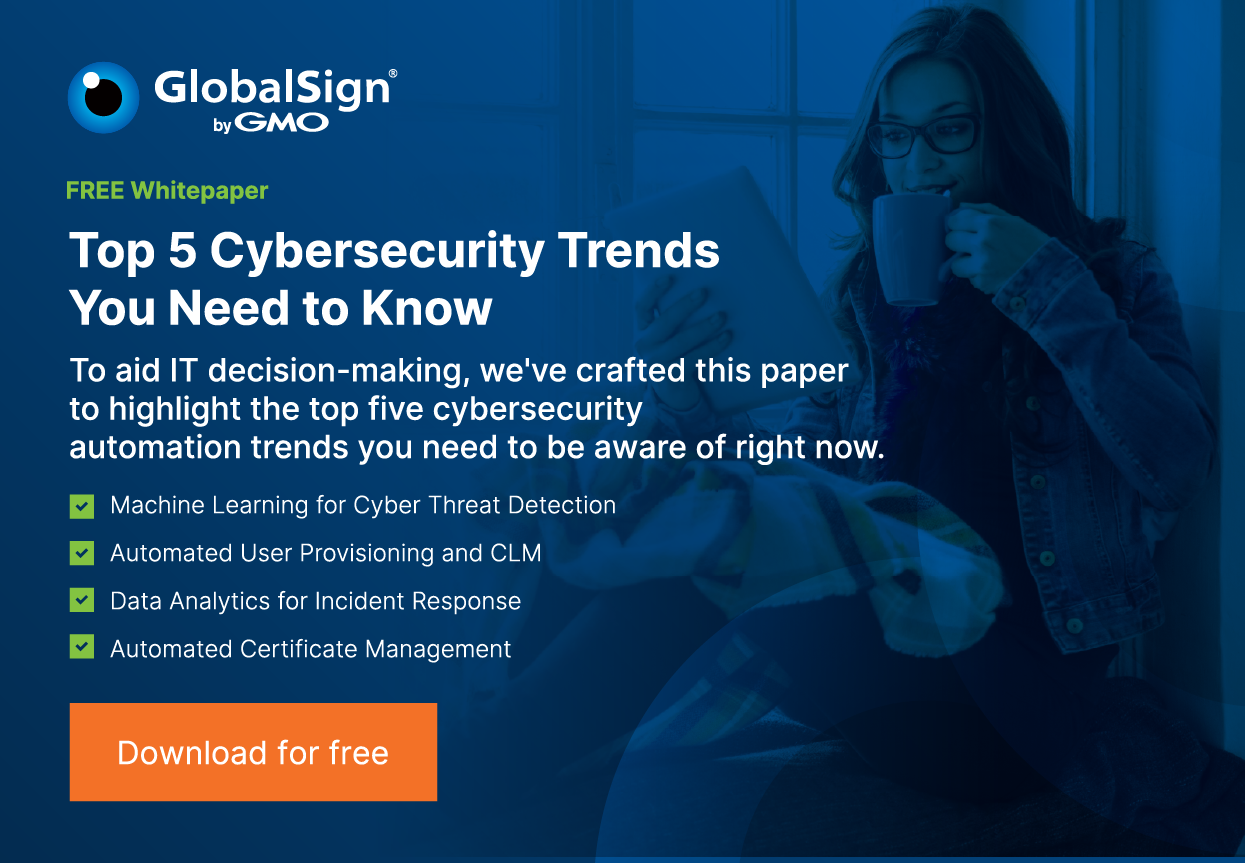What is the Internet of Things (IoT)?
The Internet of Things (IoT) primarily refers to any device, appliance, instrument, or machine that can connect to the internet. They contain sensors, software, and other technologies used to link and exchange data between systems and devices over the Internet. As a vital piece of emerging technology, it is like the epitome of the cool tech we often see in the stunning homes of famous science fiction and superhero movies that is enough to make Elon Musk envious. Thanks to IoT devices, Iron Man’s Tony Stark can give commands to his home control system while he focuses on perfecting his Arc Reactor. And while reality’s IoT is not as advanced as the devices in Star Trek or K’s digital companion in Blade Runner 2049 yet, we are seeing the mass adoption of IoT devices that are transforming urban cities and private homes today.
How does the Internet of Things work?
IoT devices contain sensors and mini-computer processors that gather and collect data via machine learning. These data are collected through a Wi-Fi or secure LAN connection. Picture a smart vacuum that can clean on its own and can be controlled remotely through your phone. Or a door with a built-in smart camera that alerts you when someone tries to get in your home.
What is the Internet of Things used for?
IoT devices are combined with sensors that transform normal objects into smart devices with a level of digital intelligence that can communicate with each other and exchange data in real-time.
Amazon’s Echo is a good example of what an IoT device can do to home appliances. After it has been set up to your account, it can do your shopping for you, switch your lights on and off, play some music for you automatically, set an alarm for you, set reminders, all the good stuff.
IoT is not only limited to consumer devices and applications though. There are also the game changers such as industrial and commercial IoT. We are talking about self-driving cars that communicate with each other and to the road, constantly sharing and exchanging data. To keep traffic flowing, IoT can calibrate how closely automobiles follow each other based on multiple variables surrounding them.
These commercial and industrial applications of IoT are revolutionary. Multitude of possibilities arise as IoT advances.
What are some examples of IoT devices?
There are home devices like light bulbs, electric plugs, coffee machines, toilets, bathrooms, TV, washing machines that can be connected to your home Wi-Fi so you can control them remotely using your phone.
There are also smart city IoT solutions such as environmental monitoring (weather, air quality, flood, and pollution), traffic monitoring, connected public transport, and smart lighting.
Some more common examples of IoT include:
- Smart Home Devices, Appliances, and Security Systems
- Activity Trackers
- Smart Transportation
- Industrial IoT
- Infrastructure IoT
What are the advantages and disadvantages of IoT?
So, IoT means cool and useful stuff, right? It depends.
Sure, being able to unlock your door remotely because a roommate forgot his keys is cool, but the downside to IoT is that when little attention is paid to security, things can go south quickly. The same scenario we just mentioned above can allow thieves to bypass your door locks when they hack into your smart device.
Advantages of IoT
- Monitoring – IoT can collect and monitor data that allows users to keep track of things through their phones.
- Accessibility – IoT allows users to gain required information in real-time. It can also be accessed and controlled remotely.
- Speed – Multiple data that needs to be processed can be automated with great speed thanks to IoT. In a business setup, this decreases the need for employees to invest their time and effort on things that can be solved by IoT.
- Convenience – IoT makes complicated tasks easier and more convenient by automating various tasks that would otherwise take a long time to complete.
Disadvantages of IoT
- Internet-dependent – Desperately need to switch the lights off while you get ready for bed but no internet connection? Too bad! No internet eliminates the “smart” function on that smart device. Now you just have a normal lightbulb.
- Data breach and other security risks – IoT can be used as an entry point into your network, resulting in data breaches, hacking, information theft, botnets, and other IoT-based attacks.
Internet of Things and Cyber security
Understanding IoT security
It is important to recognize that IoT devices might serve as a possible entry point resulting in data breaches and other security risks. You might be observed or heard through your cameras or microphone. It might also be an entry point for an attack on your personal devices if they want your data or credit card information.
IoT security challenges
Here are some of the top IoT security challenges:
- Stored personal details – If you dispose of an IoT device, some of them will still have your networking details and customization on its memory. And even personal information like username or email.
- Outdated software – IoT devices must ship with up-to-date software that is free of known vulnerabilities, and they must offer update capabilities to fix any vulnerabilities discovered after the device is distributed throughout its lifetime.
- Lack of encryption – Encryption should always be used to secure sensitive data that is kept on a device. Without it, the device can be intercepted by a Man-in-the-Middle (MitM) attacker.
- Hacking – IoT devices may incorrectly give incorrect access control and give authorization to hackers. This happens when IoT devices trust the local network that no additional authentication or authorization is required. That means any other device linked to the same network is also trusted.
PKI in IoT
Public key infrastructure (PKI) is a standard-based security technology used to secure IoT devices today. For many years, PKI has been safeguarding network-connected devices by giving trust and assurance to manage digital identities and certificates for the IoT.
PKI should be at the heart of every IoT security plan as it provides a unique and strong device identity with the following benefits:
- Things can be authenticated when they connect to the internet.
- Establish secure communication between other devices, services, and users.
- Maintain the IoT’s integrity.
PKI can be quickly and easily integrated into your IoT ecosystem. PKI-enabled device identity fulfills the core of IoT security: authentication, encryption, and integrity.
IoT security solutions
Since the security aspect of IoT is central to the development of these devices, several solutions address the key issues with IoT security:
- IoT Device Security – device identities can be secure and managed through GlobalSign’s PKI-based Cloud IoT.
- IoT Identity Platform – a tool for managing your IoT device identities specifically the IoT Device Identity Lifecycle Management.
- IoT CA Direct – secures device identities with trusted IoT digital certificates from a trusted Certificate Authority (CA) that is GlobalSign.
- IoT Edge Enroll – a complete registration authority service for a safe and optimal device enrollment without the hassle.
- IoT Device Identity Lifecycle Management – handles certificate issuance and renewals, also cancellations and revocations if needed.
- IoT Custom Trust Models – flexible models for full control over your chain of trust using GlobalSign’s embedded trust architecture.
- IoT Device Certificates – provides a unique and strong device identity through authentication, authorization, and encryption.
- IoT Certificate Revocation – when needed, GlobalSign's IoT Validation Authority revokes the certificate's good standing using either a certificate revocation list (CRL) or the Online Certificate Status Protocol (OCSP).
- IoT Developer Program – with PKI-based device identity through the IoT Developer Program, IT decision-makers may improve the quality of their IoT security solutions while enhancing efficiency and creating true competitive advantage.
- IoT Partner Program – GlobalSign collaborates with other leading IoT businesses to protect internet security and device endpoints.
Internet of Things in Asia
Thousands of smart devices and sensors are being placed to build the capabilities required for this shift. Here, we look at how the Internet of Things is assisting in the creation of smart cities that improve urban quality of life.
For starters, large corporations in Singapore are beginning to utilize IoT devices, particularly in product design, manufacturing, and cloud services. Singapore currently provides smart home packages, which include apartments equipped with energy management systems. From smart grids to smart buildings, we may see a future of smart cities transforming urban life in Asia.
In the Philippines, the Manila Electric Company is putting advanced metering infrastructure in place. This project should result in fewer blackouts, better control over energy usage, and increased energy efficiency with smart grids. Meanwhile, Thailand is set to invest more than $5 billion to support the construction of up to five smart grid pilot projects.
Malaysia is also tapping into the power of IoT to implement large-scale projects to enhance customer experiences, digital services, and business models being created. Malaysia has been mapping plantation land in the agricultural sector, solving traffic problems, and creating green buildings using IoT deployments.
Indonesia’s IoT solutions for enterprises and IoT startups have also recently grown. The usage of IoT for Indonesia's economic growth and the establishment of a foundation for smart cities and future contemporary infrastructure and facilities are underway. The country's IoT value is expected to reach US$ 30 billion by 2022.
Meanwhile, in Vietnam, there is a growing number of IoT adoption through data generation and demand for analytics among enterprises to drive the Vietnamese IoT market through 2025. The country’s economic center, Ho Chi Minh, also have IoT broadcasting stations installed since 2019. The project has made the city the first in Vietnam to be entirely covered with an IoT network.
Indeed, Asia is seeing a significant growth in smart cities as city planners leverage IoT. Technology is being utilized to alleviate the load of expanding populations by making these highly crowded locations more habitable and sustainable.








